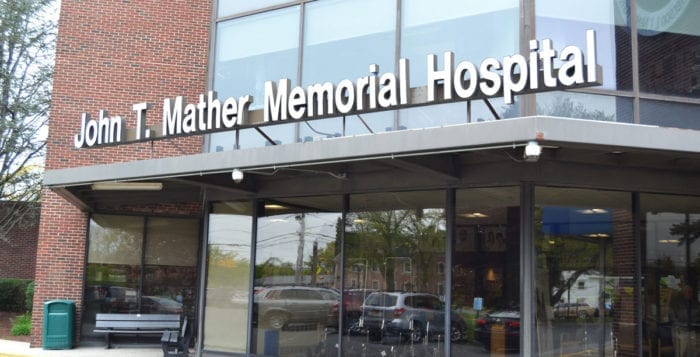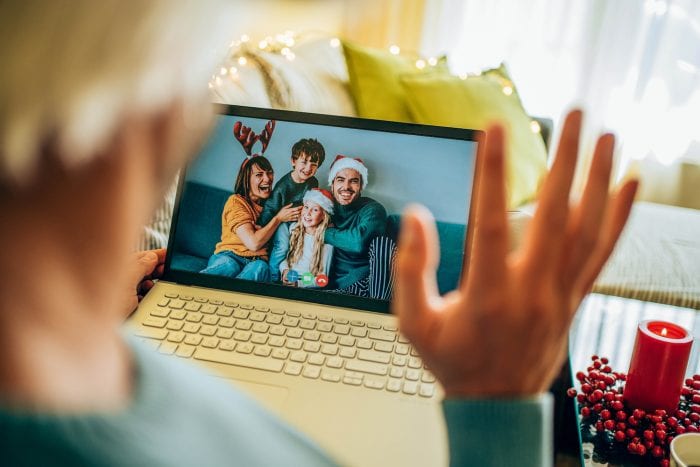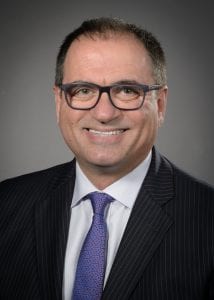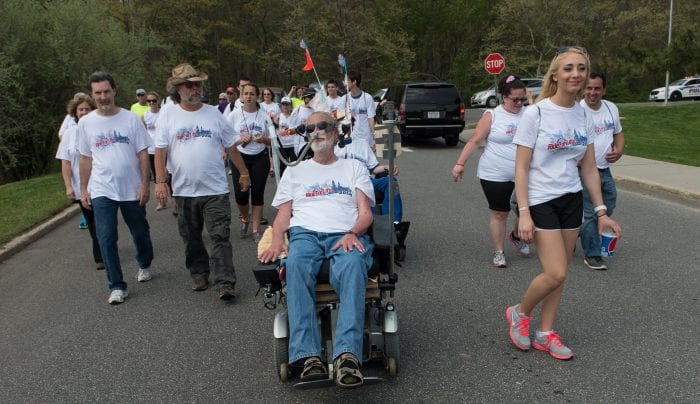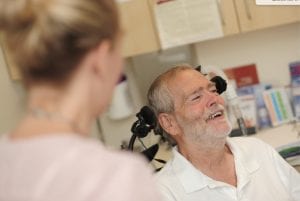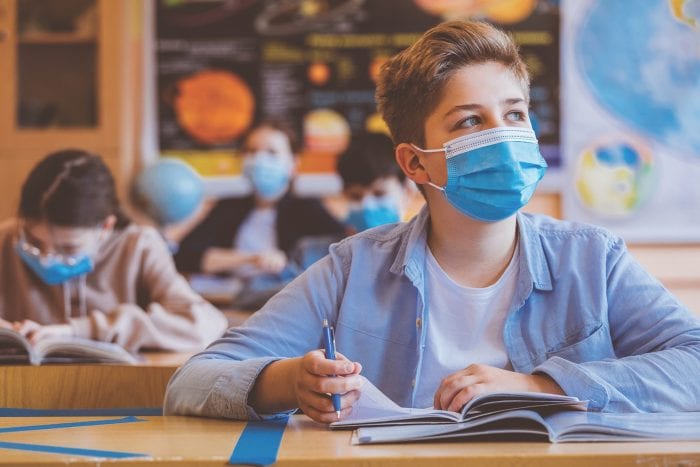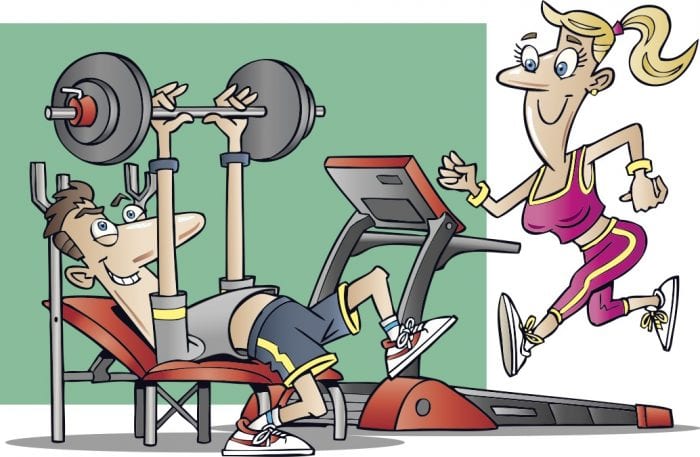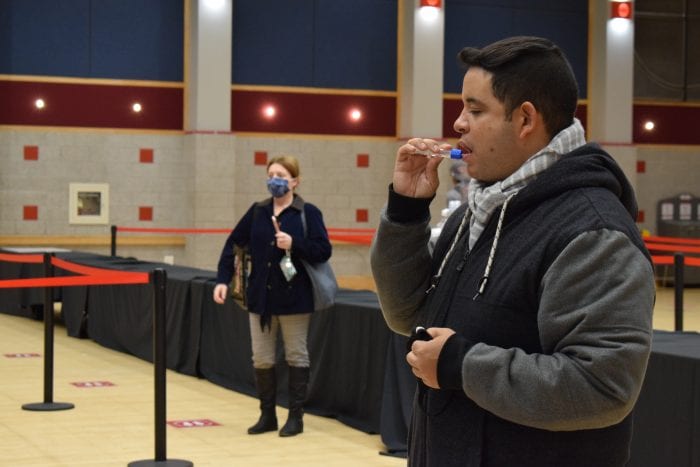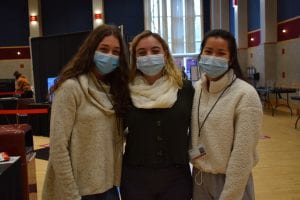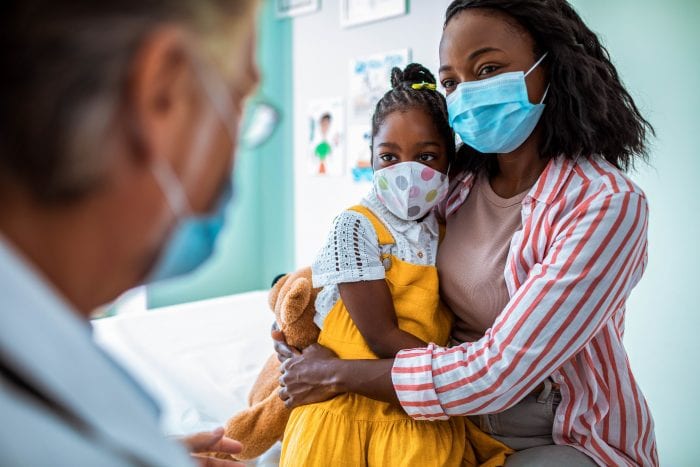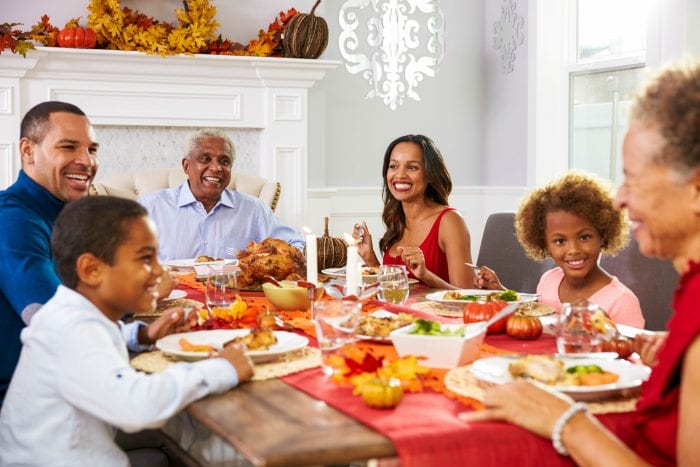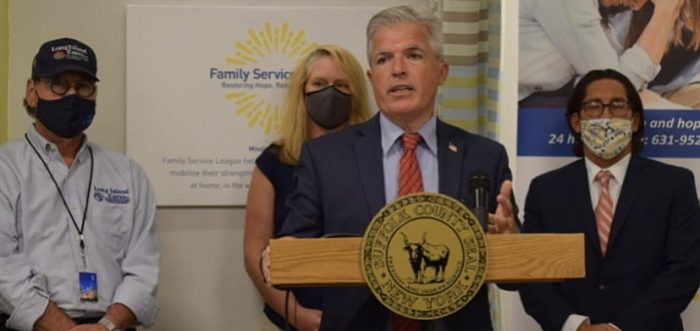This story was updated Wednesday to include Stony Brook University Hospital.
Amid increases in the percentage of positive tests for coronavirus, Northwell hospitals including Huntington Hospital and Mather Hospital have changed their visitor policies.
Effective on Tuesday, Nov. 24, Mather Hospital has suspended patient visitation, including the Emergency Department and Transition Care Unit.
The exceptions for visitors include patients for whom a support person is considered medically necessary, including people who have intellectual or developmental disabilities and patients with cognitive impairments, including dementia.
Additionally, patients in imminent end-of-life situations may be allowed a family member or legal representative as a support at the bedside. The Department of Health defines imminent end-of-life as a patient who may die within 24 hours.
Pediatric visits in Emergency Departments are limited to one parent or guardian. Adolescent psychiatry, meanwhile, is limited to one parent or guardian between 3:30 and 4:30 p.m. and 6:30 and 7:30 p.m.
Visitors must meet several criteria at Mather. They have to be 18 years old or older, have not been exposed to COVID-19 and be screened for symptoms. Visitors also have to wear appropriate personal protective equipment. Those who don’t wear such PPE won’t be permitted in the hospital.
Visitors will have to stay in the patient room during the visit. When they leave the room, visitors will remove their PPE, wash their hands and leave the hospital. Visitors should not be in the room during aerosol-generating procedures.
Patients can choose who can and can’t visit and may select priority support people.
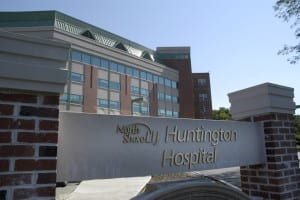
Huntington Hospital
Meanwhile, at Huntington Hospital, all visitation, except for extraordinary circumstances, is suspended, effective Nov. 30.
The hospital has experience an increase in cases, although the total numbers remain low, with fewer than 20 people hospitalized with COVID-19 as of Tuesday.
“Social Distance and mask wearing by the community is critical,” Nick Fitterman, Executive Director at Huntington Hospital, said through an email.
One support person for patients in the Center for Mothers and Babies may remain throughout the hospital stay.
Outpatient Radiology services are canceled, effective Nov. 30.
Huntington Hospital’s surgical services are fully operation. The staff will take COVID-negative surgical patients through the hospital’s safe pathways.
The hospital strictly enforces universal masking, protective eyewear, hand hygiene and social distancing.
“We remain confident in these practices, and that they will protect our patients from COVID-19 while in the hospital,” Fitterman said.
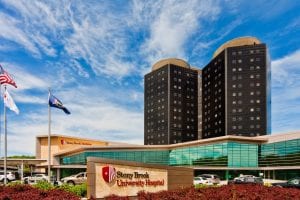
Stony Brook Hospital
Starting on Friday, Nov. 27, all visitation is suspended except for patient support persons or family members and/or legal representatives of patients in imminent end-of-life situations.
Hospitals will permit a patient support person at the bedside for patients in labor and delivery, pediatric patients patients with intellectual and/or developmental disabilities or patients with cognitive impairments including dementia.

